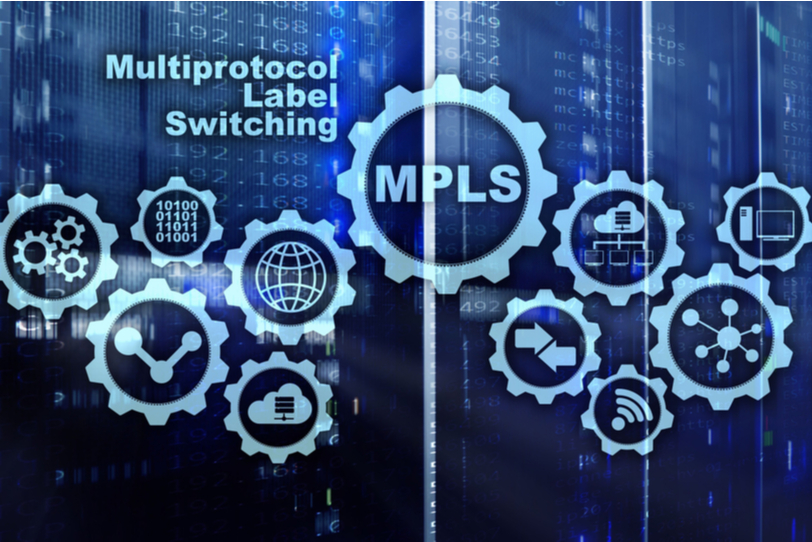Enterprises are increasingly using Multiprotocol Label Switching (MPLS) to build next-generation intelligent networks. These networks are capable of delivering a wide variety of advanced, value-added services over a single infrastructure.
It is a data forwarding technology that increases the speed and controls the flow of network traffic. With MPLS, data is directed through a path via labels instead of requiring complex lookups in a routing table at every stop.
This economical solution can be integrated seamlessly over any existing infrastructure, such as IP, Frame Relay, ATM, or Ethernet. Subscribers with differing access links can be aggregated on an MPLS edge without changing their current environments, as MPLS is independent of access technologies.
What is MPLS?
Multi-protocol label switching (MPLS), that venerable WAN workhorse launched at the turn of the century, addresses this problem by establishing pre-determined, highly efficient routes.
With MPLS, the first time a packet enters the network, it’s assigned to a specific forwarding equivalence class (FEC), indicated by appending a short bit sequence (the label) to the packet. Each router in the network has a table indicating how to handle packets of a specific FEC type, so once the packet has entered the network, routers don’t need to perform header analysis. Instead, subsequent routers use the label as an index into a table that provides them with a new FEC for that packet.
This gives the MPLS network the ability to handle packets with particular characteristics (such as coming from particular ports or carrying traffic of particular application types) in a consistent fashion. Packets carrying real-time traffic, such as voice or video, can easily be mapped to low-latency routes across the network — something that’s challenging with conventional routing.
How Does Multiprotocol Label Switching Work?
Label Switched Paths (LSPs) are predetermined, unidirectional paths between pairs of routers across an MPLS network.
- When a packet enters the network through a Label Edge Router (also known as an “ingress node”), it is assigned to a Forwarding Equivalence Class (FEC), depending on the type of data and its intended destination. FECs are used to identify packets with similar or identical characteristics.
- Based on the FEC, the ingress node will apply a label to the packet and encapsulate it inside an LSP.
- As the packet moves through the network’s “transit nodes” (also known as Label Switch Routers), those routers continue to direct the data by the instructions in the packet label. These in-between stops are based on the packet label, not additional IP lookups.
- At the “egress node,” or the final router at the end of the LSP, the label is removed and the packet is delivered via normal IP routing.
A label stack is made up of at least four parts:
- Label value: holds the information for routers to determine where the packet should go next
- Traffic class field: sets Quality of Service priority and Explicit Congestion Notification
- Bottom of stack flag: indicates the last label in the stack
- Time-to-live (TTL) field: limits the lifespan of the data, or how many hops it can make before it’s discarded
Labels can also be stacked. The top label controls packet delivery; when it reaches its destination, that label is “popped,” and the label underneath takes over for direction.
As one of the leading Internet Service Providers with industry-best leased lines for dedicated business internet in India, Spectra has all your internet-related queries covered!
I believe in creativity and try to express the same with my words. I enjoy writing and keeping myself in touch with the books.
